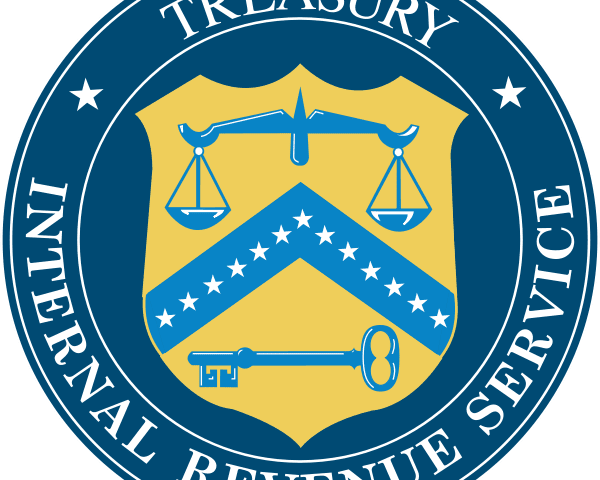

Exactly a century ago, on February 3, 1913, the 16th Amendment to the Constitution was ratified, authorizing a federal income tax. Congress turned it into a graduated tax, based on “capacity to pay.”
It was among the signal victories of the progressive movement — the first constitutional amendment in 40 years (the first 10 had been included in the Bill of Rights, the 11th and 12th in 1789 and 1804, and three others in consequence of the Civil War), reflecting a great political transformation in America.
The 1880s and 1890s had been the Gilded Age, the time of robber barons, when a small number controlled almost all the nation’s wealth as well as our democracy, when poverty had risen to record levels, and when it looked as though the country was destined to become a moneyed aristocracy.
But almost without warning, progressives reversed the tide. Teddy Roosevelt became president in 1901,
» Read more about: A Progressive Anniversary: The Income Tax Is 100 Years Old »
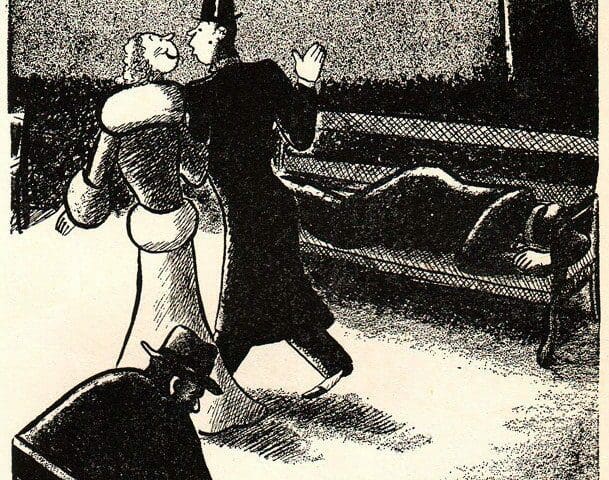
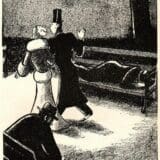
How much do the newly enacted tax hikes on the wealthiest Americans actually affect them? Hardly at all.
Almost all of the debate that convulsed Capitol Hill in December concerned the reinstatement of the highest marginal tax rate on earned income — that is, on wages and salaries. But as Fitzgerald said, the rich are different from you and me, and one of the primary ways they’re different is that they don’t get their income from wages and salaries.
In 2006, the bottom four-fifths of U.S. tax filers got 82 percent of their income from wages and salaries, a Congressional Research Office study found. The richest 1 percent, however, got just 26 percent of their income that way; for the richest one-tenth of 1 percent, the figure is just 18.6 percent.
The study also looked at dividends and capital gains. The bottom four-fifths got just 0.7 percent of their income from those sources.


» Read more about: You Can’t Always Get What You Want: Post-Cliff Reactions »

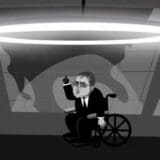


“And it came to pass in those days, that there went out a decree from Caesar Augustus, that all the world should be taxed.”
Those are the opening lines from the Christmas story according to St. Luke, as written down by the team of scholars working under the direction of King James of England 500 years ago. Different translators have used different phrases over the centuries, but the frame for telling this story has always been taxes.
The Roman Empire wanted to make sure everyone paid their taxes, so Rome required its subjects to return to their towns of birth to sign into the national registry as part of a census, which allowed the keepers of the treasury to know who had paid and who had not. And that’s how Jesus got to be born in Bethlehem.
In California, we face a different dilemma. For decades now,


The very next day after the election, congressional leaders held dueling press conferences in Washington to start the stampede to the fiscal cliff. But December 31 is not a cliff; it’s a slope. Actually, the better metaphor is a showdown between two different visions for the country – a showdown that will not only take place over the next four months, but will dominate debate about the economy for the next four years.
It is true that if Congress allows the tax hikes and spending cuts to be fully implemented, the economy will go into a tailspin, with four million people forced out of their jobs. But that won’t happen on January 1. The impact of both tax hikes and spending cuts take time to accumulate. If Congress acts on taxes early in the year, it can make lower tax rates retroactive to the beginning of the year. Between federal contracts already in place and the time it takes to implement program cuts,
» Read more about: Fiscal Cliffhanger: A Longer View of the Tax Showdown »
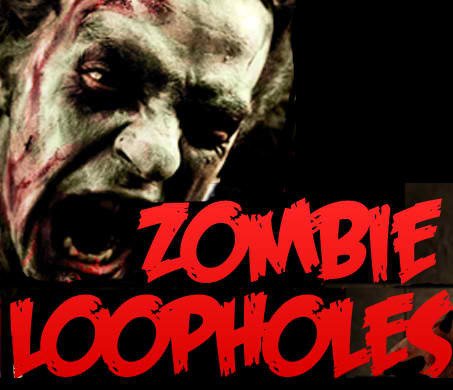

(This post originally appeared in Labor’s Edge, the blog of the California Labor Federation)
Zombies are everywhere these days. They’re on popular TV shows. They’re in the movies. They’re in our nightmares. But what many Californians don’t know is that zombies are a primary reason of our ongoing budget crisis.
Yes, that’s right. We call them Zombie Loopholes, and they’re devouring our state’s budget.
Today, the California Labor Federation launched a new website to highlight the devastating impact that budget-killing corporate tax breaks are having on our state.ZombieLoopholes.com brings a number of wasteful corporate tax breaks that are bleeding our state of billions each year out of the shadows so the public is aware that they’re contributing to deep budget cuts to school funding, services for seniors and public safety.
With the state facing another budget crisis and more cuts to services we value,
» Read more about: Zombie Loopholes Are Eating California’s Budget Alive »


By Lenny Goldberg, California Tax Reform Association, and Roy Ulrich, Goldman School of Public Policy at U.C. Berkeley
(This article first appeared in the California Progress Report.)
Jerry Brown’s most recent budget proposal takes a meat ax to vital programs, including Medi-Cal and in home support services (IHHS). Why do we refer to them as “vital?” IHHS, for example, helps the disabled and seniors live safely in their own homes, thus obviating the need to place them in more costly outside facilities.
The governor’s plan represents the latest and worst in a spending cuts-only approach which California seems to specialize in. Reaping the benefits of this approach are the rich and powerful. The losers are those without high-priced lobbyists: the poor and the weak.
There are several potential revenue sources the rich and powerful have been able to avoid while other states,